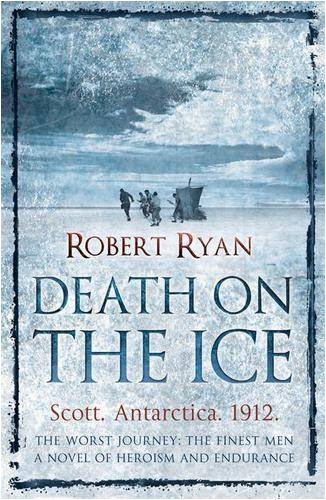Death on the Ice
As every British schoolchild used to know, Captain Robert Falcon Scott led an expedition to win the South Pole for King and Empire in 1910-13, only to be beaten by the Norwegian, Amundsen. Scott’s party perished on the return journey, leaving the expedition to be remembered as an Heroic Failure.
Death on the Ice opens in 1917 when Scott’s widow, Kathleen, asks Tryggve Gran, Scott’s Norwegian ski expert, to contribute to a book she is writing about the expedition. Gran is not sure that she and the British public are ready for ‘the true story’. He was amongst those who found the frozen remains and had become a close friend of Captain Lawrence ‘Titus’ Oates, who had been critical of Scott but famously sacrificed himself in a blizzard to give his companions a chance of survival. Thus the story awakes from the memories of those who knew Scott, starting with Shackleton, a member of Scott’s earlier Antarctic expedition, who became his bitter rival.
Although Ryan introduces a few fictional elements he stays close to the record, venturing into imaginative speculation only at the end. He celebrates the men’s courage and endurance whilst acknowledging mistakes and recognising that this was a serious scientific expedition. Characters and conflicts are shown in deft, vivid brushstrokes but because we see Scott mainly through the eyes of others, he himself remains enigmatic.
Ryan is particularly good on the austere beauty of Antarctica and the horrific toll taken on the brave but astonishingly (to us) under-equipped explorers by the harsh landscape and cruel weather.
This is a thrilling and thoughtful novel which puts flesh on the bones of history and allows us to look on the past with deeper understanding.










